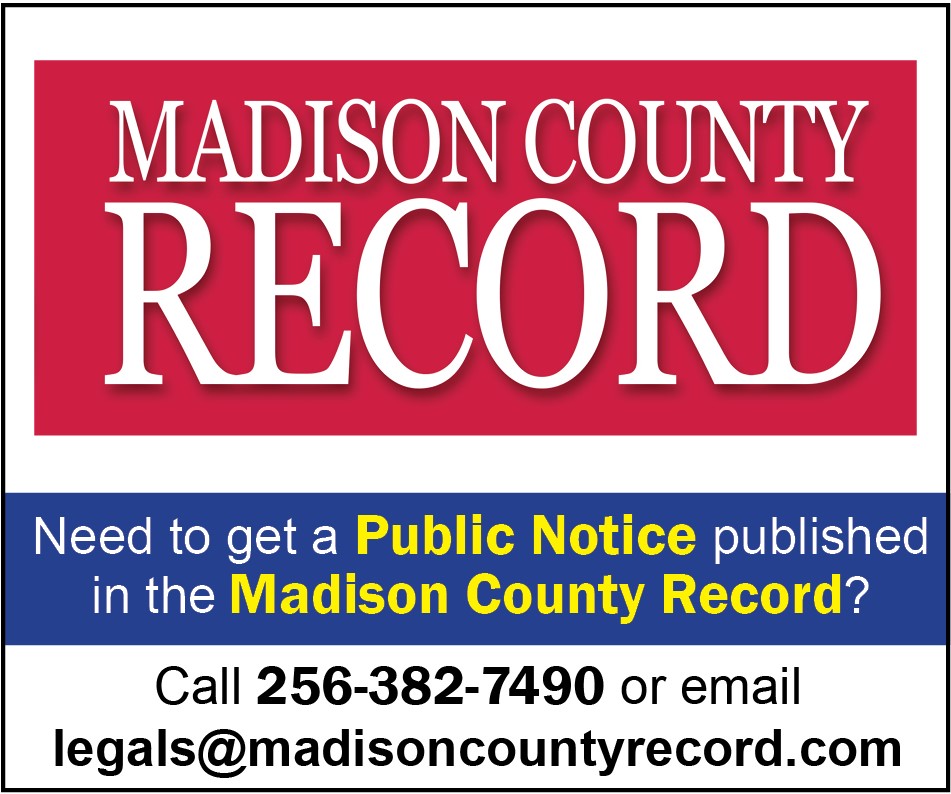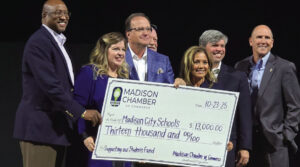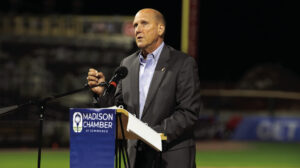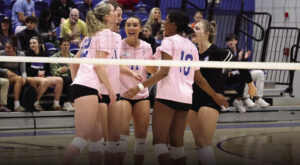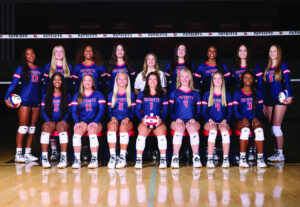West Madison instilling seven good habits
All habits aren’t bad. A boys’ group at West Madison Elementary School is learning to apply seven good habits in their behavior.
Principal Dr. Daphne Jah and 25 boys in grades 5-6, chosen by teacher and committee recommendation, are studying principles from “The 7 Habits of Highly Effective Teens” by Sean Covey.
“We chose this curriculum because assistant principal Kathy Miller and I had been introduced to a book, ‘Leader in Me,’ that Steven Covey, Sean Covey’s dad, had written,” Jah said.
Schools often use the text as curriculum to teach leadership skills. “We had read the book and had determined that we want to be a ‘Leader In Me’ school,” Jah said.
To start the study, Jah and Miller led a book study about the Leader in Me program with the West Madison faculty. Jah hopes the faculty can train this summer so West Madison can reach Leader in Me status.
“The training is expensive,” Jah said. “We have the consultant and some materials covered by the regional in-service center with Alabama A&M University, but we need the remainder of materials covered.”
The seven habits relate to lifelong skills, Jah said:
* Be proactive.
* Begin with the end in mind.
* Put first things first.
* Think win-win.
* Think first to understand; then, be understood.
* Synergize.
* ‘Sharpen the saw.’
In applying Covey’s habits, Jah tells the boys, “Do your homework first, and then you have time to do fun things.” West Madison educators train students to understand the language. Then, they give the skills for everyday application.
West Madison’s leadership team discusses a habit at each of its twice-monthly meetings. “We do lecture, discussion and have teambuilding activities,” Jah said.
The boys apply these skills in sports, at home and school. “How many times do they make choices? We want them to have tools to make the right choice each time — tools for a lifetime,” Jah said.
Jah hopes the seven habits benefit the entire school population. “Teachers are helping students solve their own problems by talking them through it and using language, such as, ‘Is this a win-win situation?'”


